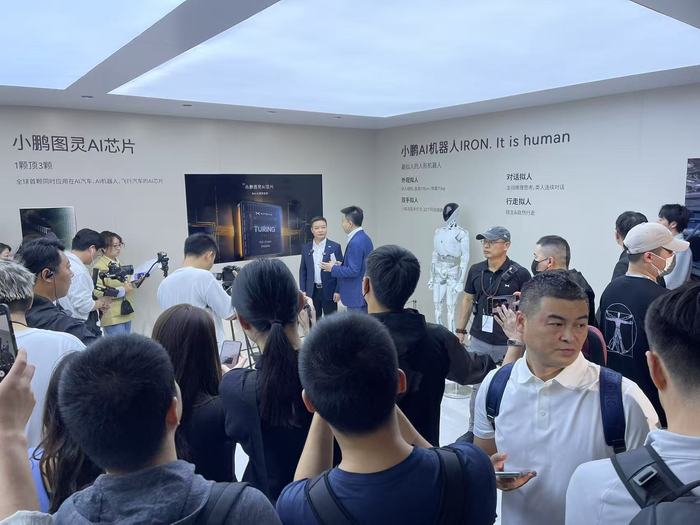The 2025 Shanghai Auto Show offers a clear snapshot of how global carmakers are adapting their playbooks—not with louder fanfare, but with quieter calculation.

Photo by Yang Shihan
by Yang Shihan
As one of the world's most prominent auto industry events, Auto Shanghai has long been a stage where carmakers spared no expense to showcase their strength. But at the 2025 edition, a new frugality is on display.
Faced with intensifying competition and saturated local markets, many brands are now taking a more calculated approach to spending. Some are trimming budgets and seeking better ROI, while others—especially those struggling in China—are leaning into lavish displays and model lineups to regain momentum. A few legacy brands, seeing their relevance fade, are using the event as a litmus test for consumer interest, returning with smaller, more focused setups.
Domestic media presence appeared thinner this year, a change that may reflect tightened PR budgets among participating carmakers. In contrast, international attendees were noticeably more prominent. "China's auto market is nearing saturation, but the overseas market is still a blue ocean," said one Chinese automaker’s PR executive, explaining the shift in media targeting.
Unlike previous years, new energy vehicle (NEV) startups are no longer clustered in one hall but are spread throughout the venue, giving a more balanced visibility across brands. This has made some booths unusually crowded—especially those showcasing cutting-edge tech.
Xpeng Motors, for instance, maintained the same booth size as in 2023 but made room for new tech including humanoid robots and a flying car from its affiliate HT Aero. These attracted strong international attention, drawing crowds early in the day. Overseas visitors were seen gathering at the booth, with one European dealer calling the flying vehicle “the future of mobility.” Other brands followed suit. Deepal also deployed humanoid robots to draw foot traffic.

Meanwhile, Nio condensed its original three-brand setup—Nio, Firefly, and Onvo—into two booths, with Nio and Firefly sharing one. The move was particularly notable given the brands target vastly different market segments, with flagship Nio models priced around 800,000 yuan and Firefly positioned as an ultra-compact entry-level EV brand starting near 100,000 yuan. This reflects their shared sales channels. “It’s about efficiency,” said Nio President Qin Lihong.

Booth location was another strategic consideration. Smart, for example, opted to display next to Mercedes-Benz after an underwhelming experience alongside NEV newcomers in previous shows, which diluted its brand positioning.
Some brands scaled back their presence entirely. Buick, for example, showed only EVs on press day, spotlighting its shift to electrification. But on public days, some EVs were rotated out in favor of core petrol models like the Envision and Regal—an effort to balance messaging and drive sales.
Others made a statement through space. Volvo, after a tough year in China, doubled its booth size to elevate brand perception with more open, less crowded displays.
Infiniti, which skipped the 2023 show, returned quietly this year without a press conference, instead offering limited media access through free-roaming visits—suggesting a cautious comeback amid ongoing struggles.
In contrast, some brands pulled out entirely. Hyundai, Kia, and Genesis—present at every show since 2002—were absent. Hyundai said it was "spending more selectively." Emerging NEV brands like HiPhi, Hycan, Hozon, and Yuanhang also skipped the show after losing traction in a crowded market. Luxury names like Maserati and Lamborghini were also no-shows.
The 2025 Shanghai Auto Show lays bare a shifting global auto landscape. Whether cutting costs or making bold plays, every carmaker still standing hopes to stake a claim in the industry's next chapter.